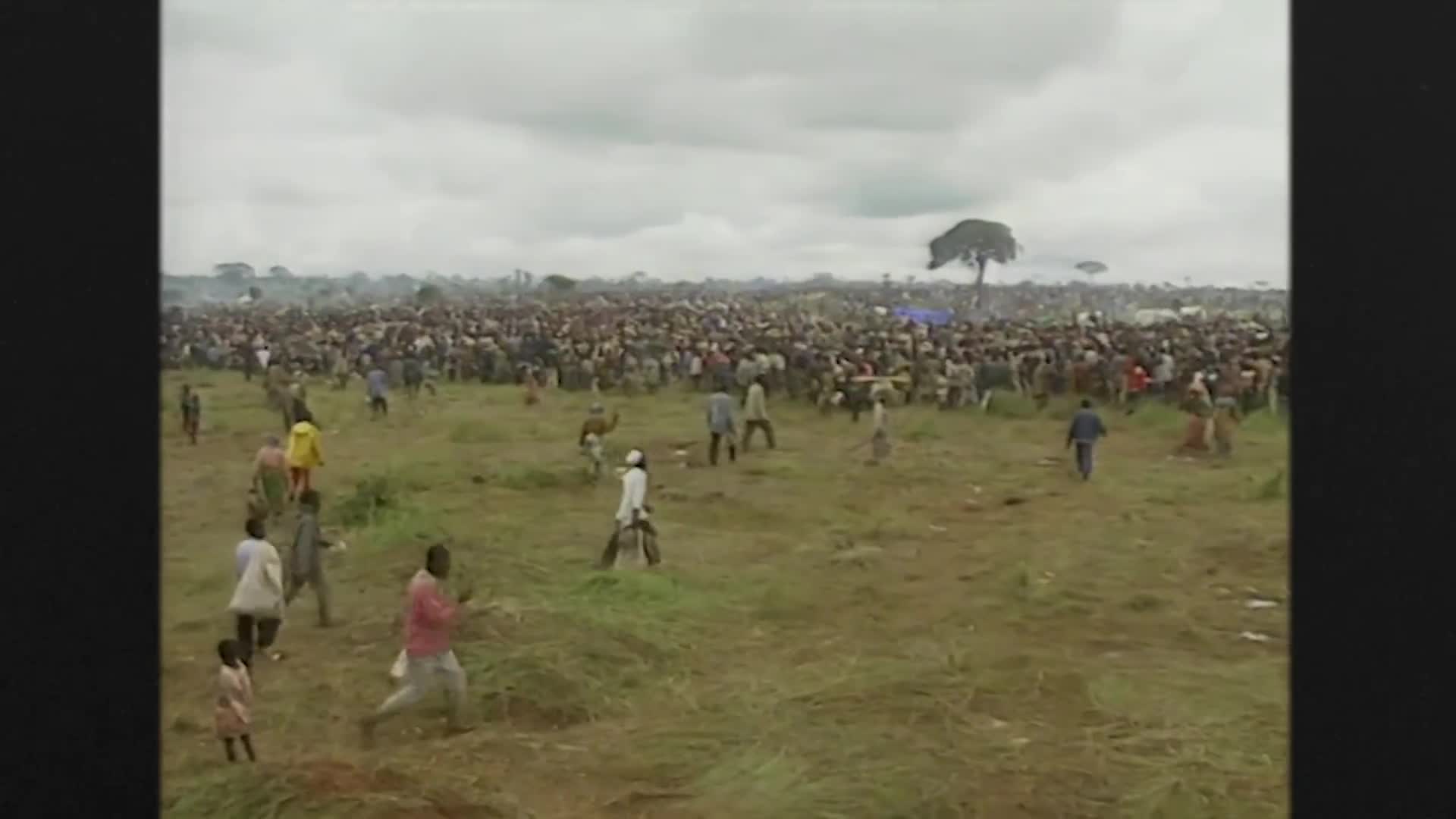International Relations
How is North Korea leveraging its military manpower in its relationship with Russia?
North Korea, as the most heavily militarized country in the world with approximately 30% of its population involved in military service (active, reserves, or paramilitary), is strategically using this manpower advantage in its relationship with Russia. Kim Jong Un has calculated that by supplying manpower to Russia, he can gain greater goodwill and access to more advanced technology. Similar to how North Korea has already fulfilled Russia's munitions needs, Kim appears to be positioning the country to meet Russia's manpower requirements, particularly for operations in Ukraine. This arrangement represents a calculated trade where North Korea effectively sells its abundant human resources in exchange for technological benefits, further cementing the growing alliance between the two nations.
Watch clip answer (00:30m)What was the Rwandan Genocide and how does it connect to ongoing issues in the Democratic Republic of Congo?
The Rwandan Genocide occurred in 1994 when the radical Hutu government carried out a systematic campaign against the ethnic Tutsi minority, killing approximately 800,000 people in just 100 days—a rate that outpaced even the Holocaust. This dark chapter in modern history is directly linked to Africa's complex political geography, particularly the artificial borders established by European colonial powers in the 19th and 20th centuries. The genocide's causes and consequences are deeply connected to the ongoing instability in the Democratic Republic of Congo, reflecting how colonial legacies and geographical challenges continue to affect this resource-rich yet impoverished nation today.
Watch clip answer (01:35m)How might Trump's foreign policy approach impact the U.S. position in Asia and Europe?
Trump may pivot U.S. military resources away from Europe and the Middle East toward the Pacific to deter potential Chinese aggression against Taiwan, especially as China's likely window for attack approaches in 2027. This strategy involves redirecting troops, equipment, and potentially halting billions in Ukraine military aid to strengthen America's Asia-Pacific posture. While this reallocation could bolster Taiwan's defense, it risks emboldening Russia in Ukraine or elsewhere in Europe if European allies don't adequately fill the security gap left by reduced U.S. presence.
Watch clip answer (01:52m)What resources and strategic importance make Western Sahara a significant geopolitical flashpoint?
Western Sahara contains enormous phosphate reserves critical for global agricultural supply chains and synthetic fertilizers, alongside potentially rich offshore natural gas deposits. The territory is increasingly recognized as a vital strategic crossroads for oil and gas pipelines from sub-Saharan Africa to Europe, making it crucial for energy trade routes to the European Union. Despite receiving less media coverage than other global conflicts, the dispute between Morocco and Algeria over Western Sahara carries enormous repercussions as the region's political status approaches a potential boiling point, threatening regional stability and resource access.
Watch clip answer (00:50m)What strategies did Poland use to secure NATO membership in the 1990s?
Poland employed strategic political pressure to secure NATO membership, beginning in 1995 when officials implied to the Clinton administration they might pursue nuclear weapons if not invited to join NATO. Former president Lech Walesa, widely respected for leading Poland out of Soviet occupation, played a crucial role by personally visiting Washington and meeting with Republicans who supported NATO expansion. This leveraged the influence of Polish-American communities in critical electoral swing states like Wisconsin, Michigan, and Pennsylvania. These strategic maneuvers ultimately succeeded, with the NATO Enlargement Facilitation Act passing in 1996, followed by formal invitations to Poland, Czechia, and Hungary in 1997, and their official entry two years later.
Watch clip answer (01:36m)How did the Baltic States gain their independence from the Soviet Union?
All three Baltic states (Estonia, Latvia, and Lithuania) unilaterally declared independence from the Soviet Union in 1990, initially going unrecognized with Gorbachev unwilling to accept their loss. Soviet troops were deployed into Lithuania and Latvia in January 1991, resulting in violent confrontations that caused 14 Lithuanian and 6 Latvian civilian deaths. These tragic events actually strengthened support for independence among Baltic populations. By early August 1991, with the Warsaw Pact dissolved and Germany reunified, all three Baltic republics had solidified their independence, contributing to the broader collapse of Soviet control in Eastern Europe.
Watch clip answer (01:30m)




